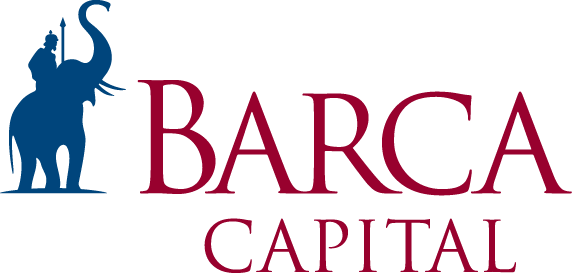Yale’s Tuition Is Now Lower Than in 1934...
- Ryan Floyd
- Jan 17
- 3 min read
Yale’s Tuition Is Now Lower Than in 1934...
...when Priced in Gold
Ryan Floyd
Jan 17, 2025

A friend once told me: my interest in gold prices marked me as a “man of a certain age.” One of my nicknames in college was “Old Man Floyd,” so maybe I’ve always been this way.
I don’t own gold, and I’m not pushing a gold-standard agenda. I noticed something odd. Tuition at Yale has climbed from $475 per student in 1934 to $67,000 today. But when priced in gold, it’s about the same and barely above 1901 prices!

Gold bugs and Modern Monetary Theory supporters often sound like they’re one bad headline away from throwing Molotov cocktails. I, however, approach this topic with detachment rather than firebombs or emotion.

The mighty Inca and Aztec empires collected gold as a store of value as have old empires in Africa and East Asia. For most of its history, the U.S. dollar was pegged to gold. The metal’s long pricing data and limited growth in supply enables us to compare the relative price increases of various products over time like the cost to go to Yale.
Gold’s behavior is a mystery. Gold analysts often sound like shamans or the Oracle at Delphi in ancient Greece. Some say the gold price is a proxy for inflation (sort of), bond returns (kind of, but way more volatile), global risk (debatable), or money supply growth (kind of). Honestly, I’m not sure what drives the gold price. I do know that very high real Fed rates and little to no money supply growth would probably bring gold prices down— along with a lot of other things. Probably this would also create all kinds of bankruptcies.
The supply of dollars has grown much faster than the supply of gold. Those extra dollars have concentrated in specific parts of the economy—education, healthcare, and real estate—where prices have skyrocketed in dollars but remained relatively stable in gold.
To be clear, I’m not raging against the Fed or any president or party or country or administration. I’m just pointing out that gold seems to be a decent proxy for things we perceive as “getting more expensive.”

So what am I doing with this information?
Personally, I assume that over the next 10 years, the price of American college tuition (along with real estate and healthcare) in dollars will roughly track the price of gold in USD. Although the actual relationship between money supply and gold prices isn’t particularly strong, I expect gold prices to rise—unless money supply growth is extremely low for many years. I’m not making any financial investments based on this information, and this isn’t investment advice, but it’s a helpful datapoint for making personal and other decisions.
Here’s something else I enjoy doing: I like looking at companies’ financial statements in “gold equivalent ounces.” It’s a fun thought experiment—what would their revenues look like if we were still on the gold standard? A trendline that’s down and to the left is not ideal. And historical revenues priced in gold tell a story, too.
More than anything, I enjoy seeing how companies’ numbers shape up during periods of looser monetary policy (when the price of gold rises year over year). As they say in those clickbait ads: the results may surprise you.
This document is for informational purposes only and does not constitute an offer to sell or the solicitation of an offer to purchase any securities or investment advisory services. I am the Portfolio Manager of Barca Capital, LLC, but the views I express are my own and not necessarily those of my firm.





Comments